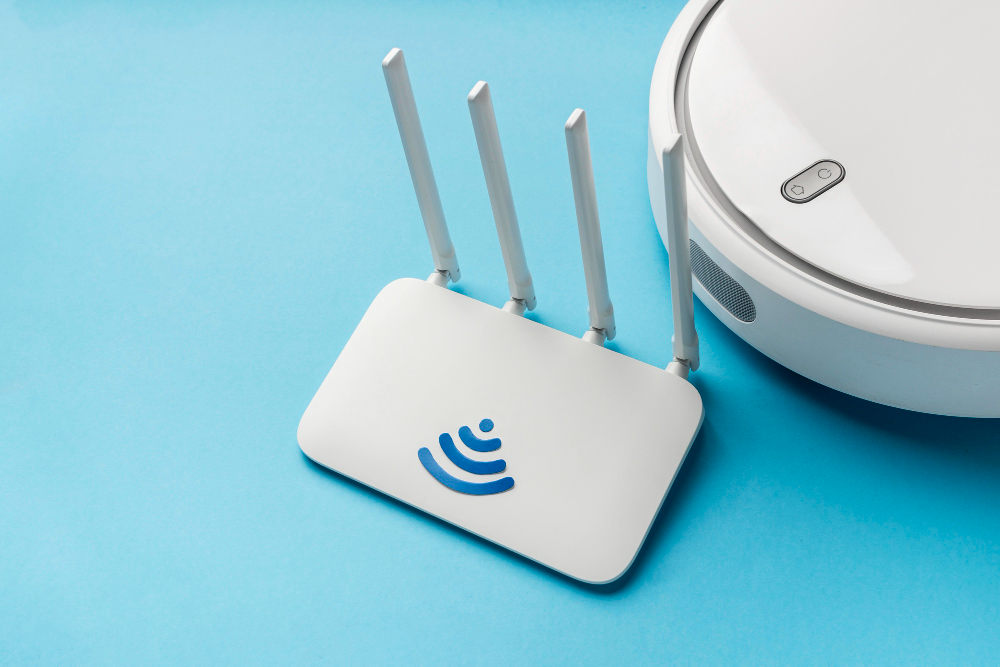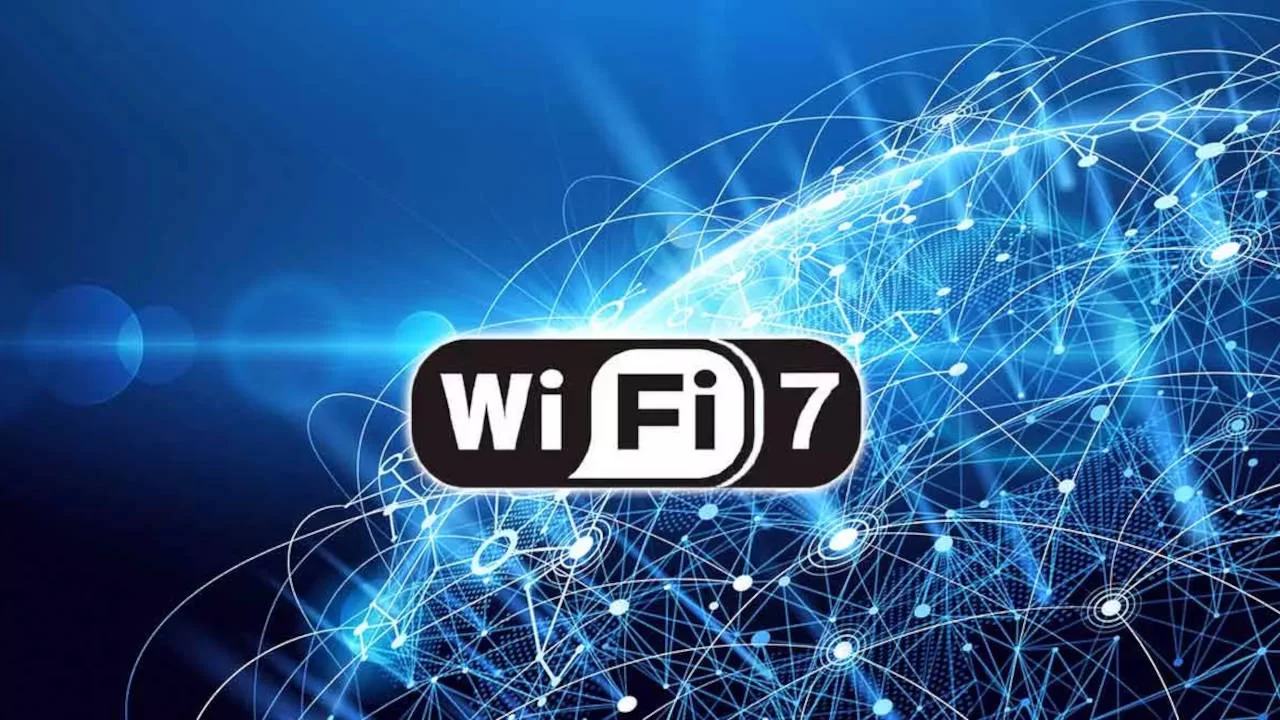The Wi-Fi Alliance has ushered in a new era with the release of Wi-Fi Certified 7, introducing cutting-edge features to elevate performance and connectivity across diverse environments. Explore the groundbreaking capabilities of Wi-Fi 7, from 320 MHz channels to Multi-Link Operation (MLO) and 4K Quadrature Amplitude Modulation, as it redefines the wireless landscape.
Wi-Fi 7: A Technological Marvel
Wi-Fi 7, the latest generation of wireless technology, promises faster speeds, improved efficiency, and heightened reliability. Alliance President and CEO Kevin Robertson emphasizes its role as a catalyst for mass adoption, setting the stage for over 233 million devices entering the market in 2024, with projections soaring to 2.1 billion devices by 2028.
 Key Features Transforming Connectivity
Key Features Transforming Connectivity
Discover the transformative features of Wi-Fi Certified 7, including the revolutionary 320 MHz channels, Multi-Link Operation (MLO), 4K Quadrature Amplitude Modulation, and 512 Compressed block-ack, designed to enhance spectrum efficiency. Dive into the technical intricacies that make Wi-Fi 7 a game-changer in achieving faster throughput and increased network efficiency.
Industry Projections and Market Growth
Industry experts forecast a significant adoption of Wi-Fi 7, with IDC estimating the wireless LAN market to reach $23 billion by 2027, experiencing a 3% compound annual growth over the next five years. Brandon Butler, a research manager at IDC, anticipates a surge in deployments starting later this year, gaining momentum in 2025 and beyond.
 Technological Advancements: The Big Deal
Technological Advancements: The Big Deal
Wi-Fi 7 stands out for its technological advancements, utilizing advanced modulation schemes like 4K-QAM and Multi-User Multiple Input Multiple Output technology for simultaneous data transmission to multiple devices. Mark N. Vena, President and Principal Analyst at SmartTech Research, underscores the significance of Basic Service Set Coloring in reducing interference in crowded environments, optimizing throughput.
Multi-Link Operation: A Paradigm Shift
Explore the paradigm shift brought by Multi-Link Operation (MLO), allowing devices to connect to multiple radio channels simultaneously. Mike Leibovitz, an enterprise networking analyst at Gartner, highlights the potential for increased bandwidth, lower latency, and improved roaming, acknowledging the complexity of making this feature universally functional across diverse IT devices.
Wi-Fi 7 Adoption and Early Market Traction
Wi-Fi 7’s early adopters are expected to include smartphones, PCs, tablets, and access points, with customer premises equipment (CPE) and augmented and virtual reality (AR/VR) equipment gaining traction. Kristen Hanich, an analyst at Parks Associates, emphasizes the benefits for generative AI applications and businesses deploying IoT devices and machine vision through video cameras.
 Security Enhancements and Considerations
Security Enhancements and Considerations
While it’s early to fully assess Wi-Fi 7’s security posture, notable improvements include Multi-Link Operation’s use of a single high-level MAC address for encryption keys, enhancing security. John Gallagher, VP of Viakoo Labs, points out determinstic latency as a feature enabling path analysis for potential security threats.
Strategic Approach to Wi-Fi 7 Adoption
Experts advise a cautious approach to Wi-Fi 7 adoption, urging enterprises not to rush into infrastructure upgrades. Leibovitz recommends a comprehensive review of cloud-based infrastructure related to Wi-Fi 7, emphasizing that the full benefits may take up to 36 months to realize.
In summary, Wi-Fi 7 emerges as a technological marvel, poised to reshape wireless connectivity with its advanced features. Delve into the details to understand how Wi-Fi 7 is set to revolutionize the way we experience wireless technology.
Read more:
- Amazon’s Kuiper Satellite Network Achieves Milestone: Optical Inter-Satellite Link and Implications for the Global Satellite Broadband Market
- Tech Trends 2024: Navigating Cybersecurity, AI Impact, and Emerging Innovations
- The Impact of Legal Challenges on Apple’s $85 Billion Services Revenue in 2024